As meditation continues to become more and more popular, many meditation and yoga studios have begun to offer unique meditation classes that push past the limitations of stereotypical meditation. If you tend to feel uncomfortable or awkward during traditional meditation, rejoice in knowing that other, more lively options exist. No more sitting silently, cross-legged on a pillow for 60 minutes — nope, these intriguing types of calming meditation will, quite literally, have you soaking in sound and rolling on the floor in laughter.
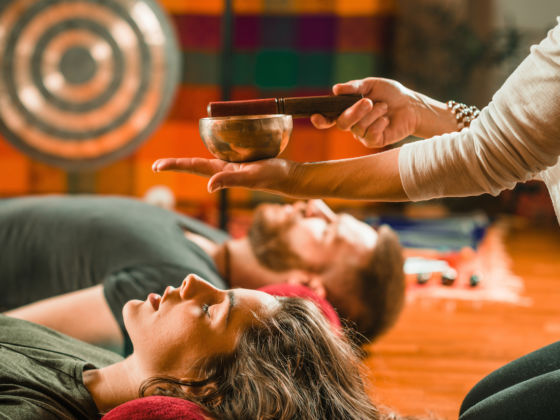

1. Foam rolling meditation
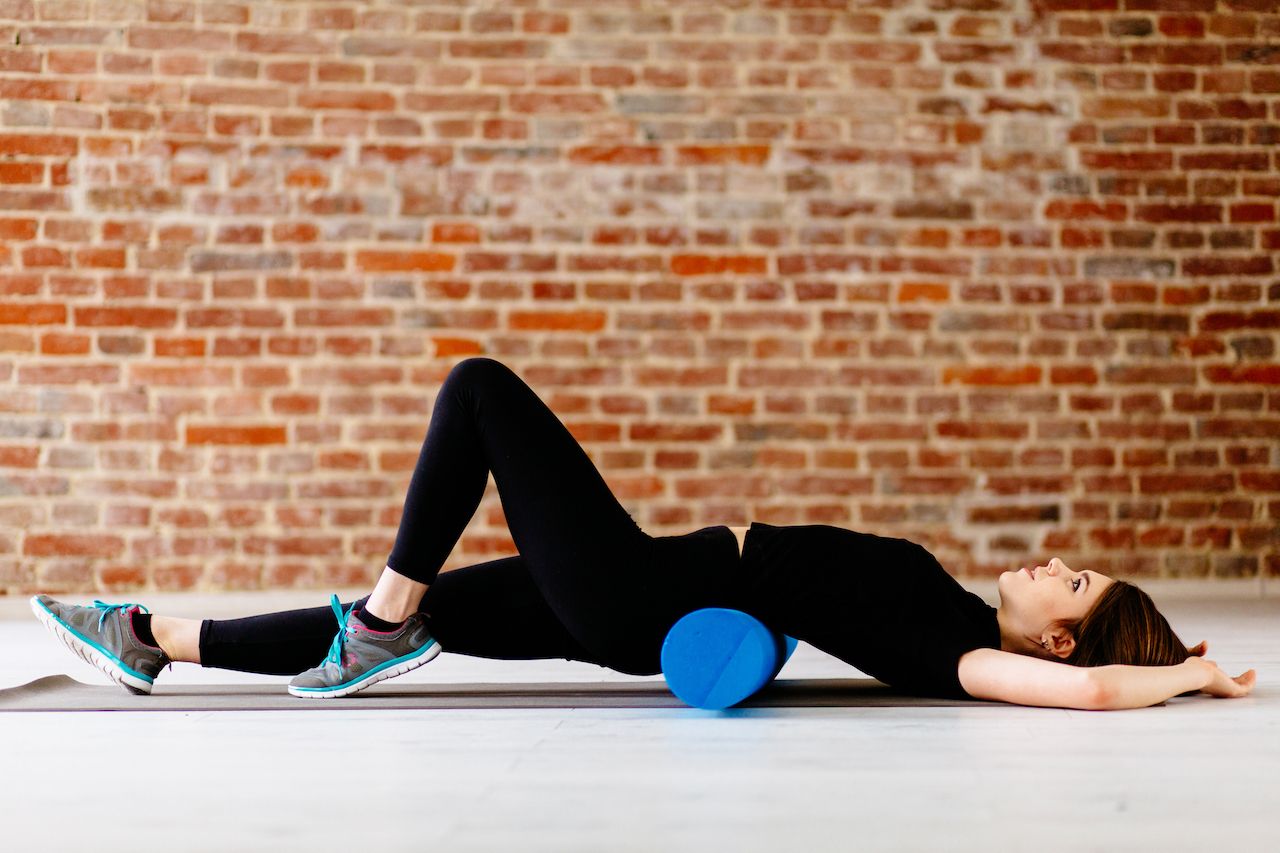
Photo: Iryna Inshyna/Shutterstock
This type of meditation encompasses a fitness and physical recovery aspect, unlike most other meditations that focus solely on mental and emotional health. During a foam rolling meditation, you combine self-myofascial release (SMR) and meditation to loosen up both body and brain, respectively.
SMR refers to the act of manipulating your own soft tissue, much like a massage therapist would during a massage. Benefits of foam rolling include easing the pain of sore muscles, improving flexibility and mobility, encouraging healthy blood flow, and more. Combine that with the benefits of meditation — reduced stress and anxiety, improved sleep quality, increased focus and alertness — and you’ve got a total brain and body recovery regimen.
Experience it: At Unplug Meditation Studio in Los Angeles, California, you can find unique foam rolling meditation classes that involve 45 minutes of SMR and mindfulness. If you can’t find a foam rolling meditation class near you, many yoga and fitness studios offer foam rolling sessions — just attend one of those and meditate on your own (you don’t have to tell anyone). Additionally, foam rolling meditation can be done in your home, outside, or anywhere you have enough physical space to foam roll and enough mental space to meditate.
2. Laughter meditation
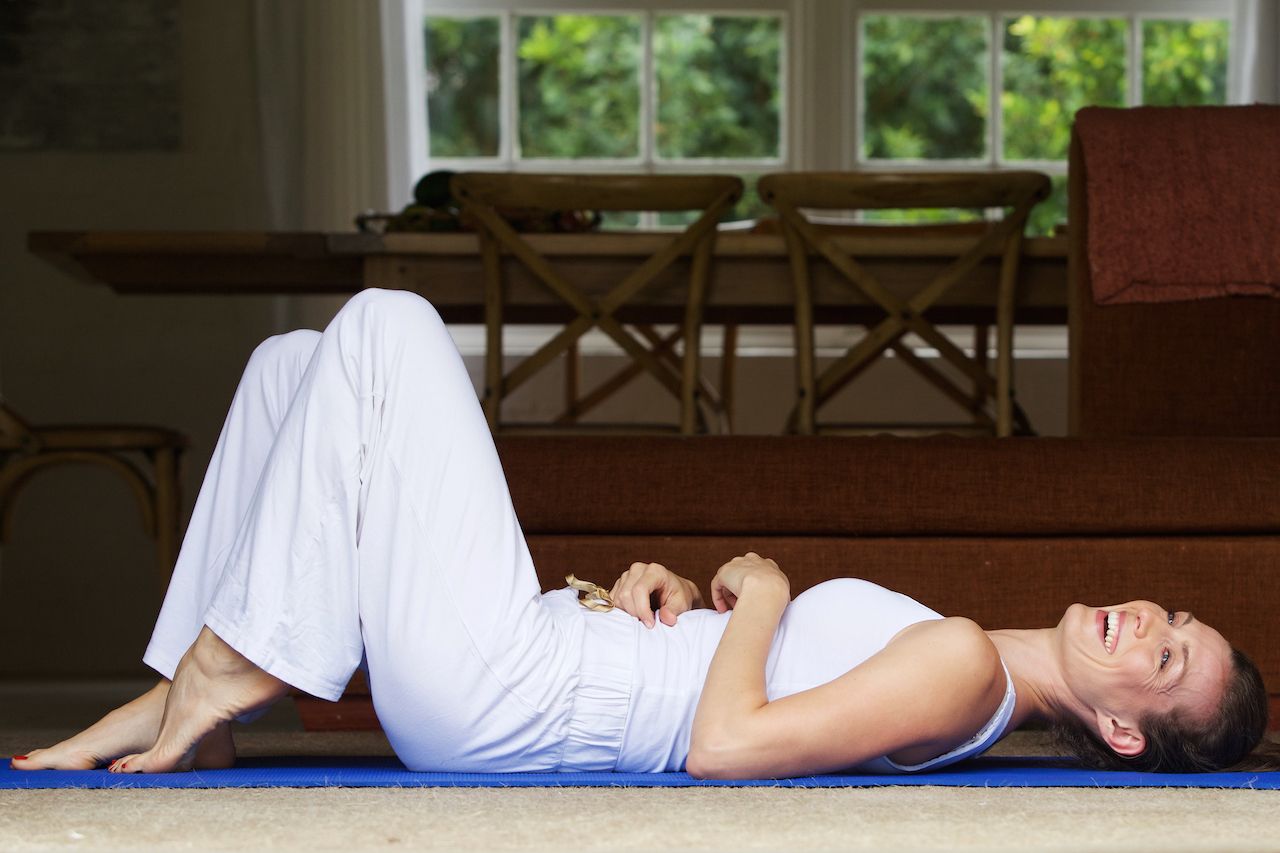
Photo: mimagephotography/Shutterstock
This may be the simplest yet weirdest type of meditation on this list. Laughter meditation capitalizes on the health benefits of laughing, which include soothing tension, relieving stress, making you happier, and even stimulating your organs to function better. You may feel silly making yourself laugh, but it’s important to laugh often in a world where there’s much to be taken seriously. Laughter meditation can help you zero in on the good things in your life and cultivate a mindset of appreciation and gratefulness.
Experience it: If you feel nervous about making yourself laugh, you may want to try this at home first. You can try it alone or with a person you feel very comfortable with. Induce laughter by watching a funny video, telling yourself a joke, or recalling a hilarious memory. Let all your laughter out and, as the laughter subsides, fall into a joyous meditation. Allow any subsequent laughter to bubble up — don’t stifle it!
If you’re up for the challenge, try group Laughter Yoga at Charlotte Meditation Studio in Charlotte, North Carolina, or find a laughter meditation studio near you with Laughter Yoga University.
3. Brain massage meditation
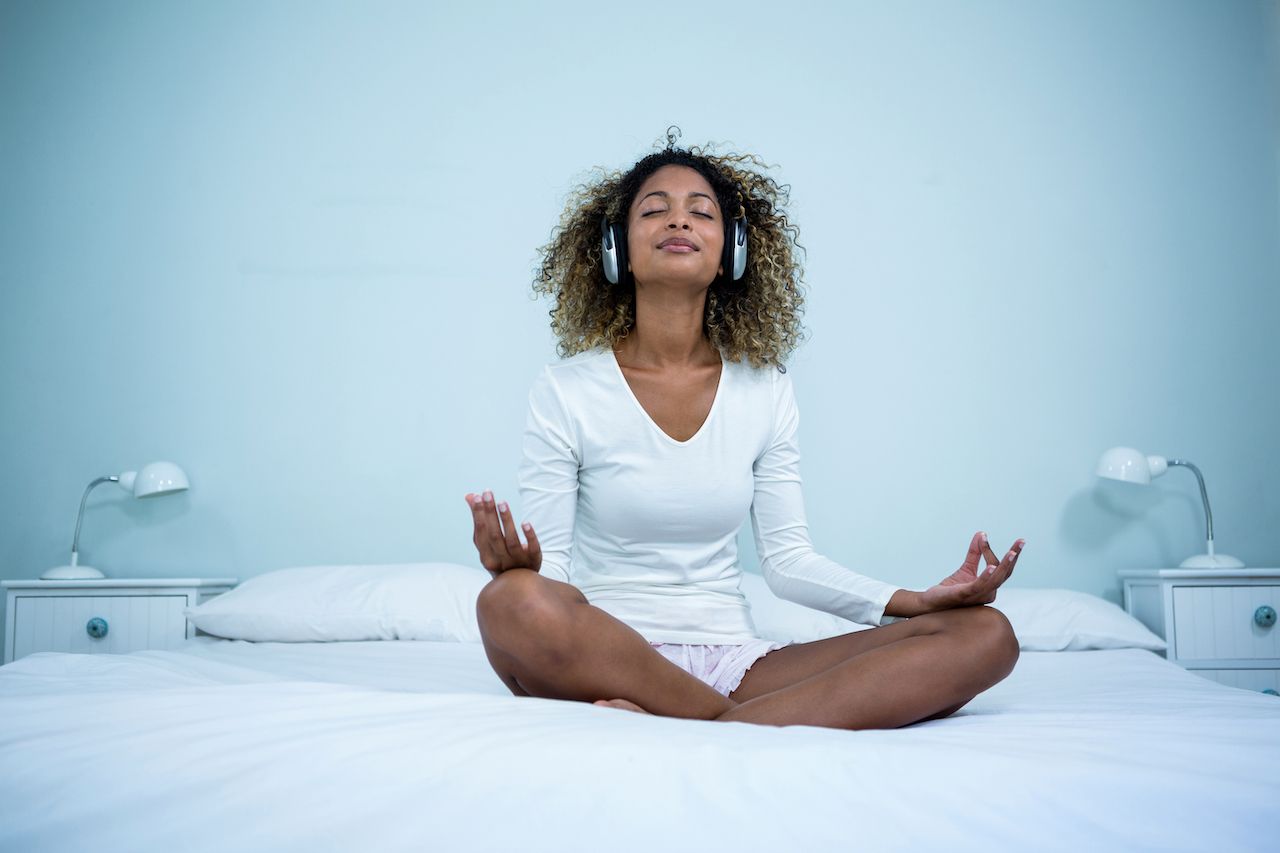
Photo: wavebreakmedia/Shutterstock
Also called binaural beat meditation, this intriguing type of guided meditation attempts to help you reach deeper states of relaxation and focus than other types of guided meditation. Brain massage meditation involves gentle guided visualizations and utilizes technology to enhance the experience.
Binaural beats are considered “auditory illusions.” When listening to a binaural beat, you’ll hear two tones at slightly different frequencies (no more than a 30 Hertz difference), but your brain will process the difference between the two. For instance, if the two tones are 121 Hz and 110 Hz, your brain will process the sound at 11 Hz. These beats have been linked to relaxation, deep sleep, focus, and creativity.
Experience it: In my search for strange types of meditation, I found just one place to experience brain massage in a group setting: Unplug Meditation in Los Angeles. However, you can try brain massage on your own with a digital guided meditation.
4. Crystals and chakras meditation
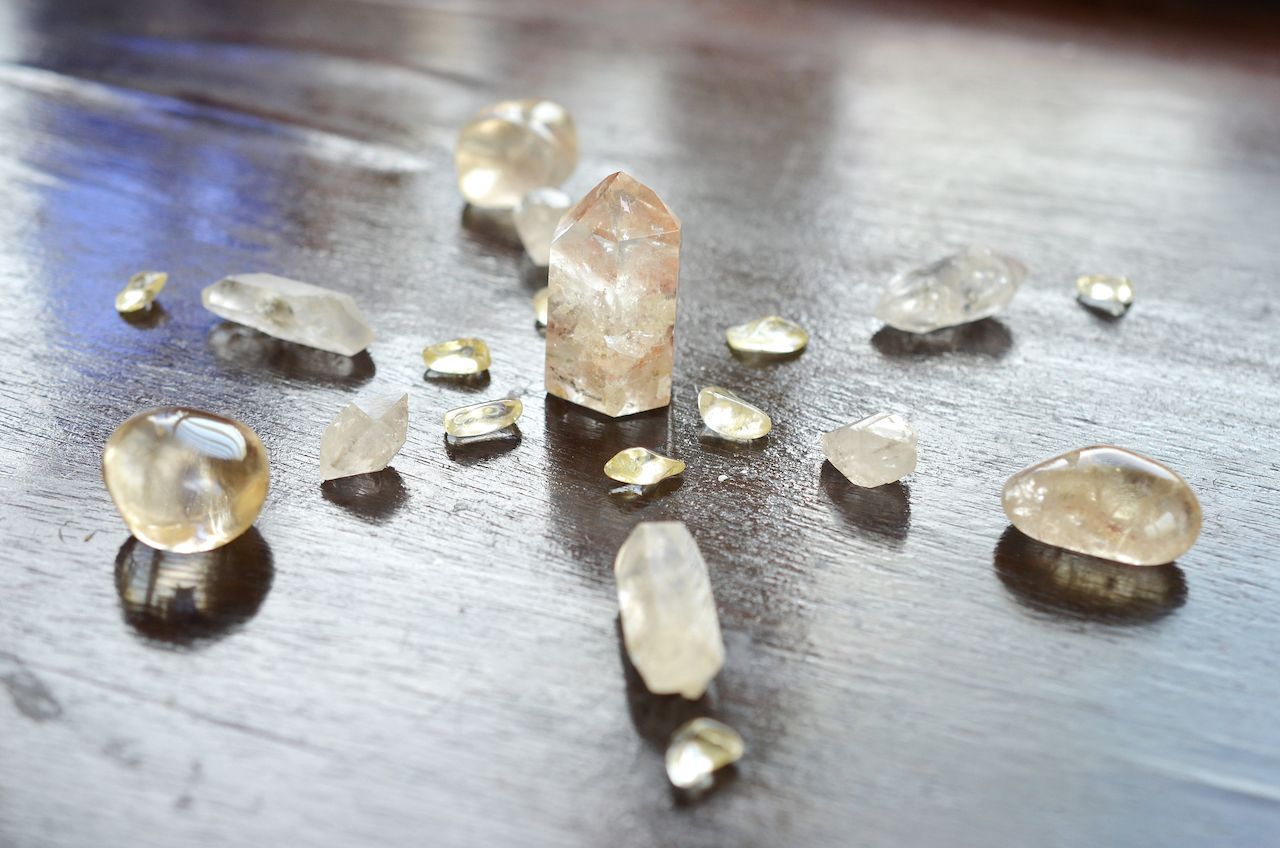
Photo: Holly Mazour/Shutterstock
Okay, so crystal and chakras meditations have become so commonplace that you may not think they fall into the realm of “strange” types of meditation. But for beginners, crystals and chakras sure can sound like a lot of woo-woo information. The seven chakras are the energy centers of the body, and when clogged, they may prevent you from functioning optimally (think bad moods, poor sleep, cravings, lethargy, etc.). You can use crystals to unblock your chakras by placing the appropriate crystal on the blocked chakra and meditating.
Experience it: Most meditation studios and many yoga studios around the world offer crystal and chakra classes. If you have your own crystals and know a bit about the chakras, you can perform this type of meditation anywhere. Doing a crystal and chakra meditation outdoors, especially in a lush and quiet environment, can offer double the benefits, as connecting with nature is proven to improve mood and health.
5. Sound bathing meditation

Photo: Microgen/Shutterstock
Sound bathing is an ancient wellness practice that is experiencing a surge in popularity. This sound-healing practice is proven to reduce stress and anxiety, as well as promote restfulness. During a sound bath, you’ll meditate to various sounds, from Tibetan singing bowls to gongs to didgeridoos. The relaxing frequencies of these tools guide you into a deep meditative state that almost feels like you’re emerged in the sound, similar to being emerged in bathwater.
Experience it: Like crystals and chakras, sound bathing has become a common practice in the world of mindfulness and meditation. Almost anywhere you go, you can find a meditation or yoga studio that offers sound bathing. Some studios, however, are dedicated solely to the therapeutic effects of sound bathing. One such place is the Center for Sound Therapy in Boardman, Ohio. And the above mentioned Unplug Meditation in Los Angeles is another studio known for its sound bath classes.
A version of this article was previously published on December 4, 2018, and was updated on March 9, 2022.